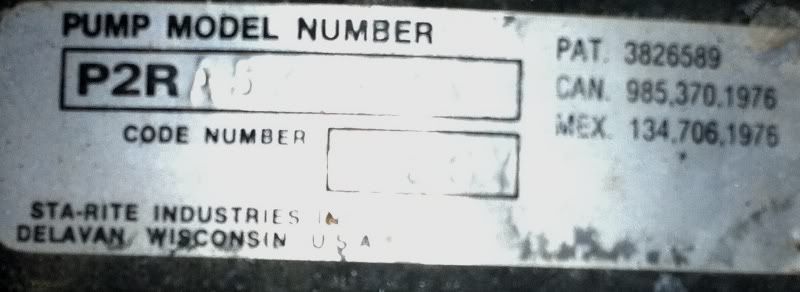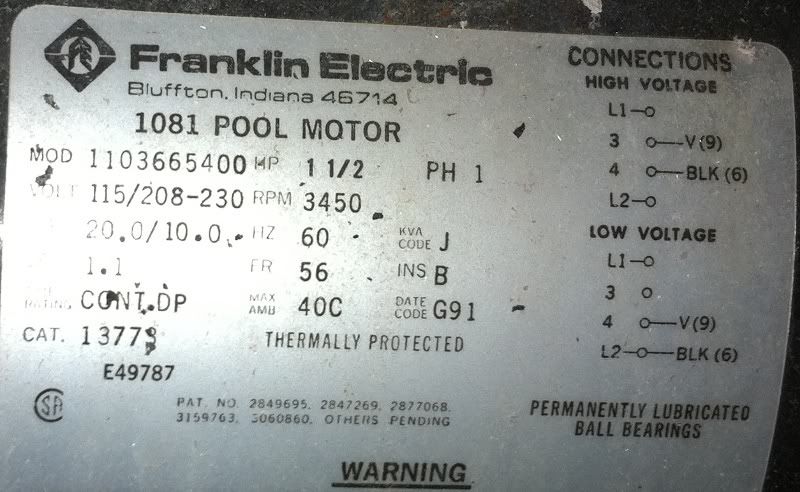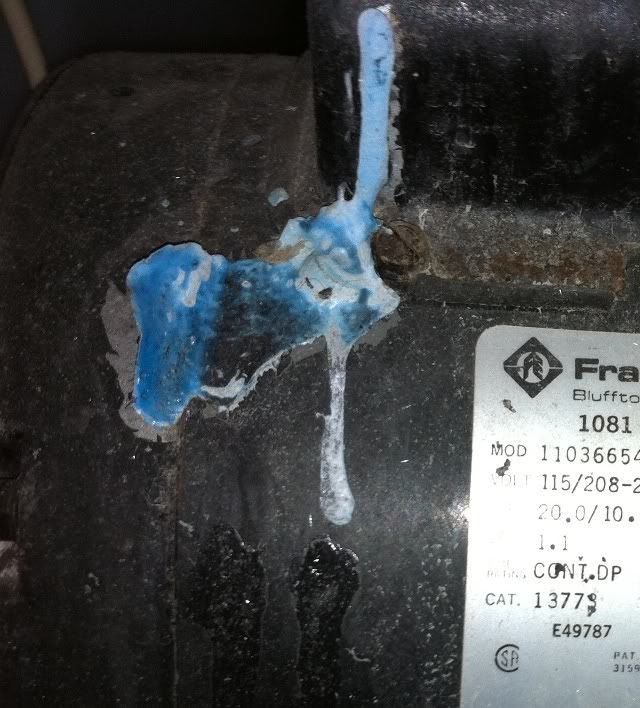Is there an advantage to a 2 speed or variable speed pump on a pool with no spa, suction side cleaners, etc.? I can see where a 2 speed might have an advantage in power consumption, but wasn't sure what the advantage would be for variable speed.
My pump appears to be very old, and I'm guessing very inefficient. I can try to get some numbers off it for reference, or maybe a picture, but I don't recall seeing anything that would help on it. I'm wondering if it's just sitting burning energy at a rate that would pose a scenario where a new pump would pay for itself in less than a year.
My pump appears to be very old, and I'm guessing very inefficient. I can try to get some numbers off it for reference, or maybe a picture, but I don't recall seeing anything that would help on it. I'm wondering if it's just sitting burning energy at a rate that would pose a scenario where a new pump would pay for itself in less than a year.




